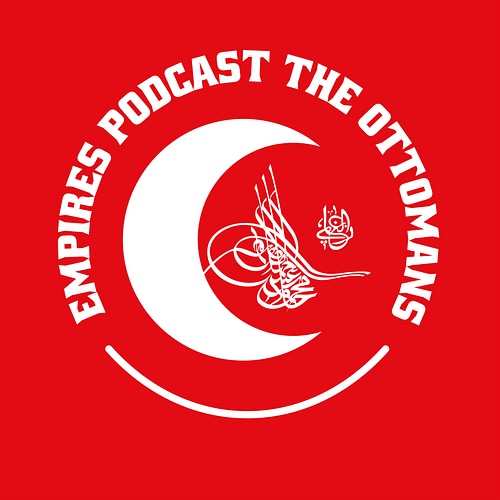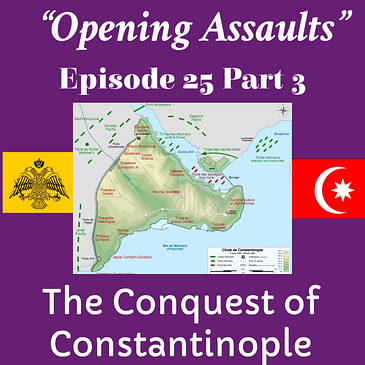- Please checkout the show's main website at:
https://ottomanempirepodcast.com/
- Checkout the Episode's blogpost here:
- Please leave the show a 5 STAR review on APPLE PODCASTS and a FOLLOW/5 Star REVIEW on SPOTIFY (it really helps)
- Email Frank with questions/concerns:
Empiresofhistorypodcast@gmail.com
- If you haven't listened to parts 1 & 2 please see links below
- The Ottomans began arriving on April 2, 1453. At the vanguard were elements from the Orducus: the staff officers with their battalions of laborers, screening units and advance cavalry. The organized themselves into smaller groups to set up the tents, dig ditches, and get the ground ready for the coming assault.
- Mehmed arrived sometime on April 5, and on the 6th ordered the first bombard with his giant "Royal Cannon" designed by the legendary Orban the cannon inventor.
- April 12 through April 18th witnessed Constantinople suffer a sustained bombardment, but with minimum damage. This episode details two Ottoman ground assaults (failed) and one big naval engagement (also bad for the Ottomans).
- Things aren't looking all that good for the Byzantines...
- Checkout Part 1: Episode 25 here
- Checkout Part 2:




